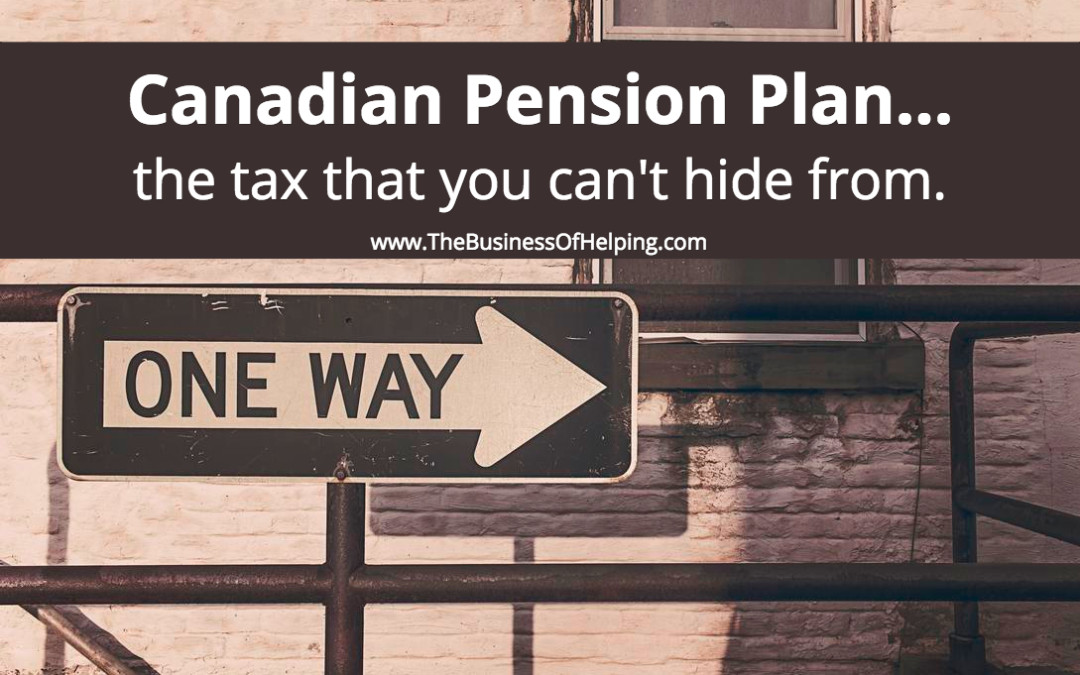Universal Truth. Nobody likes paying taxes.
In fact, most people HATE paying taxes.
And guess what?
It’s that time again….. tax time!
For Sole-Proprietors the sneakiest tax of all usually is the Canadian Pension Plan or your CPP contribution. In short – it’s money out of your pocket now to supplement your income during retirement. Necessary but frustrating when, as a small business owner, you could think of 50 different ways you would rather use that money today. CPP is sneaky because most Sole-Proprietors forget about it until it’s too late. I know it burned me in my first year of practice, like it does many.
So why is it different from other taxes?
CPP cannot be offset like your income tax or GST filings. If you made money, you owe CPP to the government. Even if you are below the poverty line, there is no getting around this one. It is completely separate from your collected GST/HST or any income taxes you might owe. CPP can be a huge shock at tax time if you haven’t been planning for the extra 9.9% on your taxable earnings. Even if you don’t owe any federal taxes, you can not avoid paying into your Canadian Pension Plan.
How to make it hurt less:
Make sure that in your budget planning you are considering this extra expense. You must pay 9.9% towards your CPP after the first $3500 earned and up to a maximum of $55,300 as of 2017 . You can check HERE for the most up-to-date numbers as the annual maximum cut-off changes yearly.
What this cut-off means is the most you would have to pay for your 2017 taxes would be $4,851.00. You only pay CPP on your taxable income so, for example, if you only end up claiming $24,000 taxable income, you only pay CPP on $20,500 that year, or $2,029.50. Make sure you are setting aside this 9.9% in a way that makes sense for you as your income arrives. Trying to come up the extra money on the spot can prove to be incredible difficult. I recommend having a separate savings account or Tax-Free Savings account that you can put this amount into throughout the year so you won’t be tempted to spend it along the way. As always though, speak your accountant or financial advisor to make sure the plan you come up with fits your personal circumstances.
Take some time, weigh your options and consider what system makes sense for your business but whatever you do – HAVE A PLAN!
If you don’t, the Canadian Pension Plan tax will jump out and bite you in the spring – and I promise you – it will hurt.
The tax information contained in this post can be referenced HERE

Trackbacks/Pingbacks